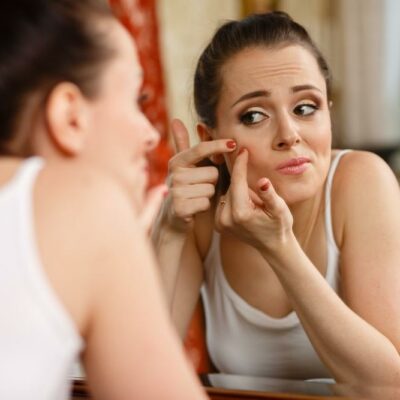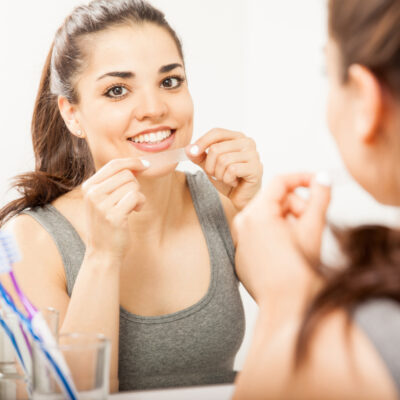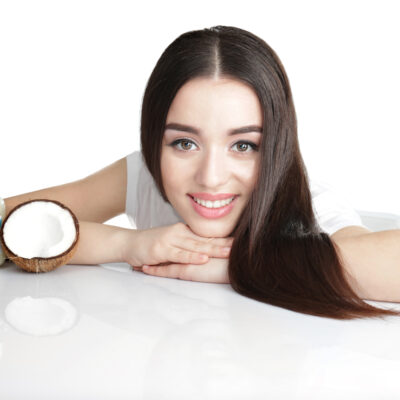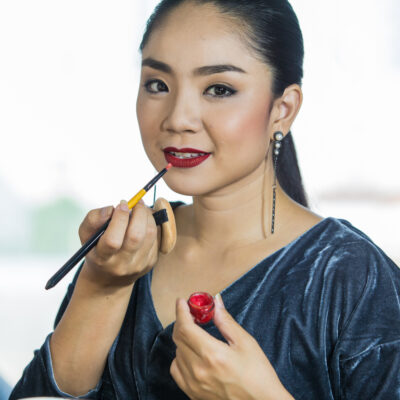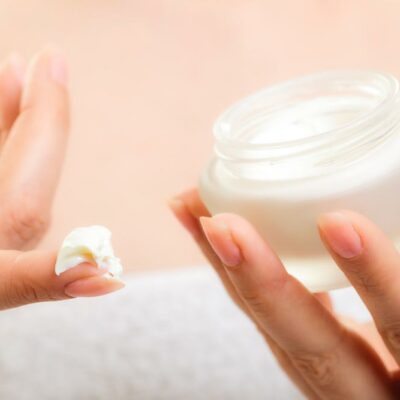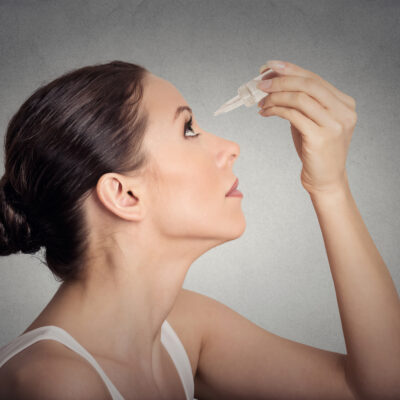
Personal Hygiene
Common Causes and Treatments for Dry Eyes
There are many people around the world, that experience dry eye symptoms. Dry eyes can cause sensitivity, redness, burning, itching, and many other uncomfortable symptoms. Having to constantly deal with dry eyes every day can make your normal daily activities challenging. That is why it is important to gain an understanding of what causes dry eyes, and learn about some of the ways or products that can help to treat them. 1. Causes of dry eyes The makeup of our natural tears helps to protect our eyes. Whenever our eyes do not create enough of tears, they become dry. There are a few reasons why our eyes may not have enough tears. Sometimes the cause could be that our eyes are simply not creating enough natural tears anymore. There are many factors that could be causing this like, damage to the eye, diabetes, lupus or other medical conditions, aging, antidepressants or other medications, your diet, and many other factors, including: Computer work without blinking Reading Wind and dry environment Allergies (i.e., pollen or pet dander) 2. Over the counter dry eye remedies Eye drops, are a very effective way to treat dry eyes over the counter. There are many different kinds of eye drops, formulated to treat a number of eye conditions.
Read More 